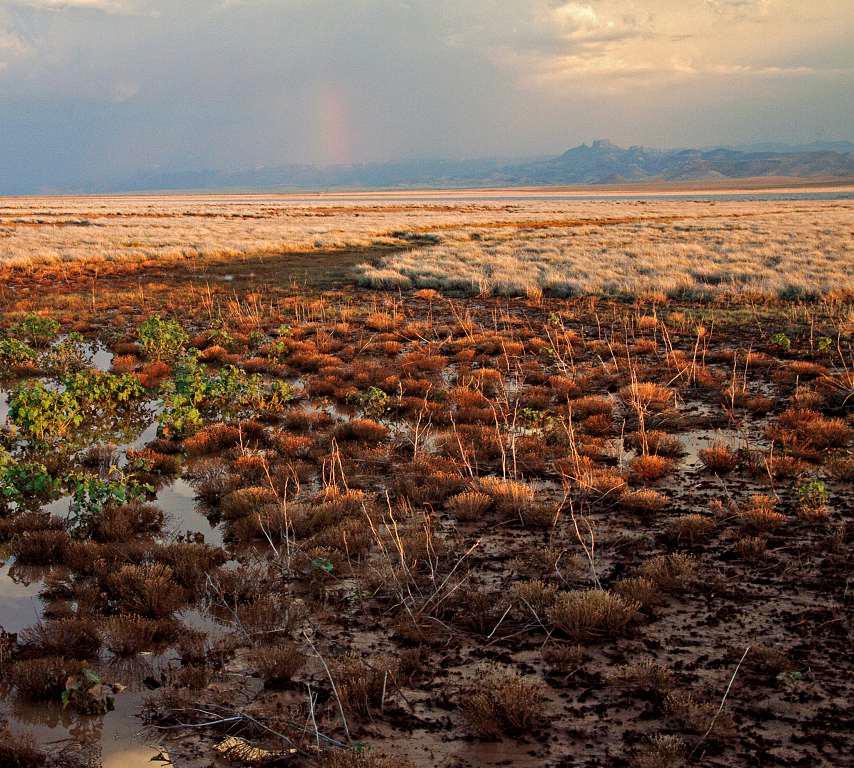Rodrigo Sierra Corona
Determine the extent of human caused impacts on the reserve and the ultimate causes of environmental degradation for the development of restoration and conservation strategies.
The environmental history of the Janos Biosphere Reserve in Mexico: Critical knowledge for the development of ecosystem conservation strategies.

The native arid grasslands of Janos Chihuahua, in North-western Mexico, are considered a conservation priority for North America due to its outstanding biodiversity. This region maintains large extensions of native arid grasslands, as well as one of the largest complexes of black-tailed prairie dog colonies (Cynomys ludovicianus) on the continent, the only free ranging herd of American bison (Bison bison) in Mexico and is part of the areas selected to be part of the black footed ferret (Mustela nigripens) recovery efforts. Janos’s native arid grasslands have been subject of degradation processes in the last three decades; frequent and intense droughts, cattle overgrazing and land conversion to agriculture are the leading causes of it, with the loss of biodiversity and the degradation of ecosystem services, which negatively affects the well being of the local human population. As direct result of our conservation efforts on the region, the Mexican Federal Government designated Janos grasslands as a Biosphere Reserve in 2009, setting the legal and administrative bases for its recovery. The Janos region was recently populated (1880’s) and nowadays has a total area of 526,482. 8 ha (1,300,967.3 acres) and includes 5627 habitants concentrated in 9 population centres and around 50 cattle ranches scattered throughout the protected area.
This project objective is to describe the environmental history of the Janos Biosphere Reserve trough archival research and interviews to the local population to understand the ultimate causes of the environmental changes and its effects. The information derived from this small pilot project will have an immediate use to feed the management process of the Janos Biosphere Reserve. Interviews and archival work are fundamental for the creation of a historical baseline, which will help us define and support restoration objectives and to disclose its ultimate causes in a fine detail. This will allow us to maximize the effect of the already scarce monetary resources, using them in forms that are coherent with the social and ecological history, leading us to solve causes –not only effects- and achieving restoration and conservation in the long run.